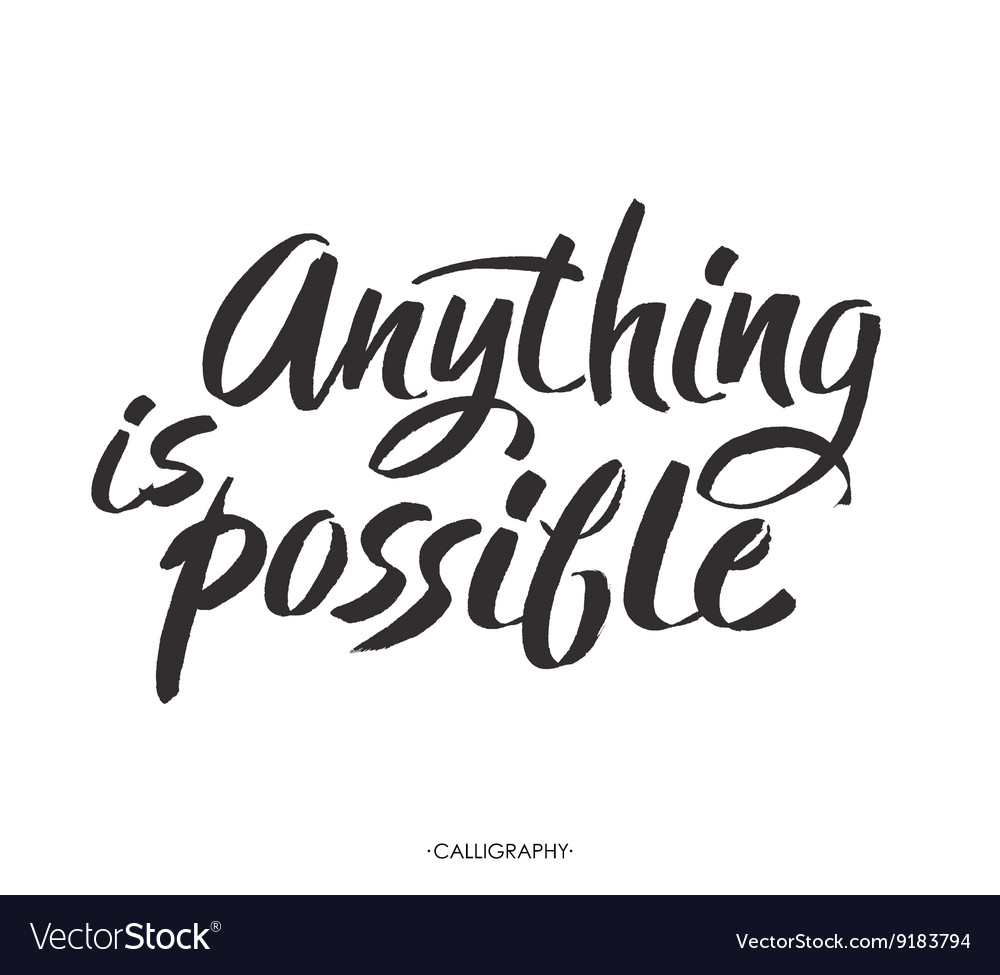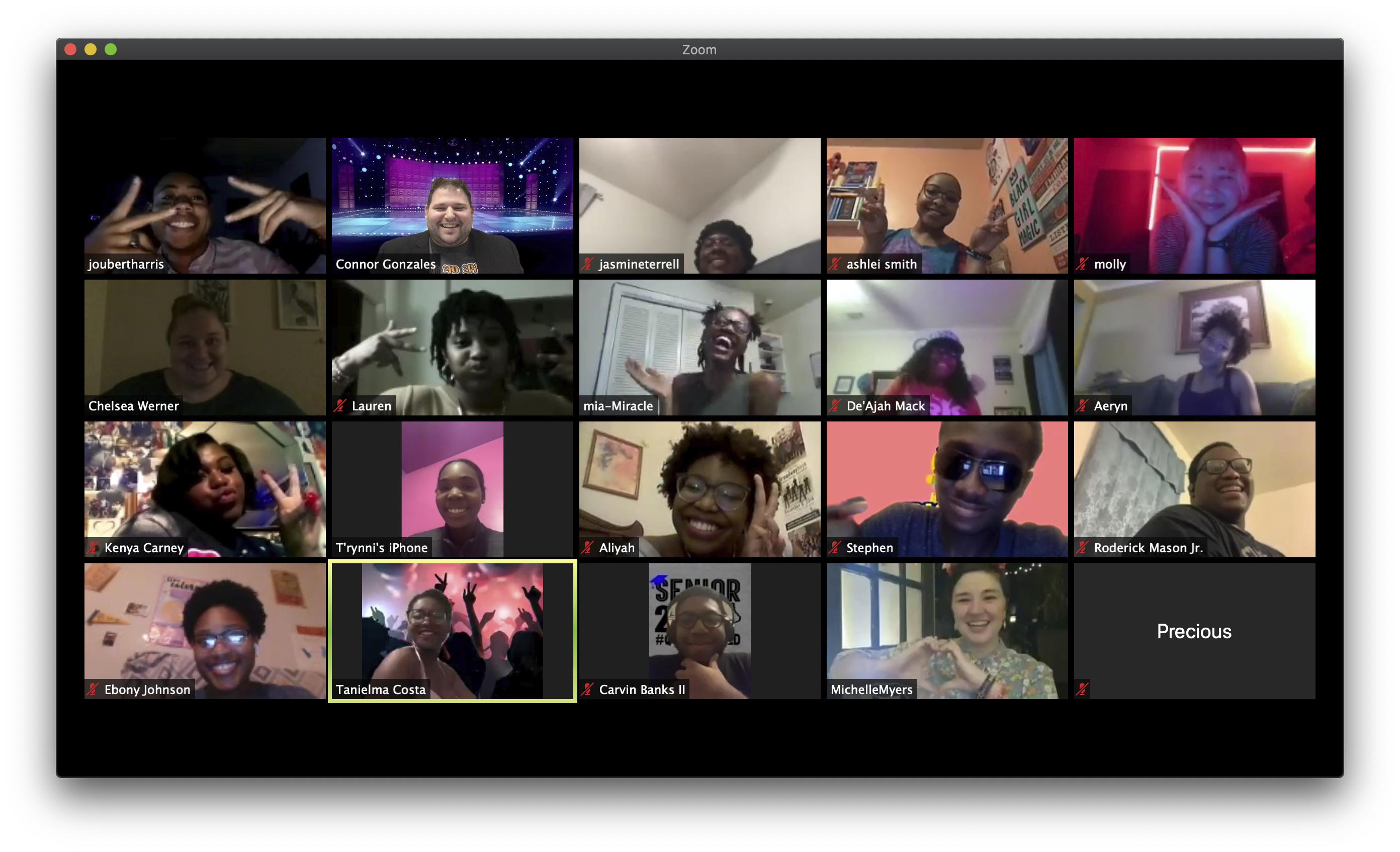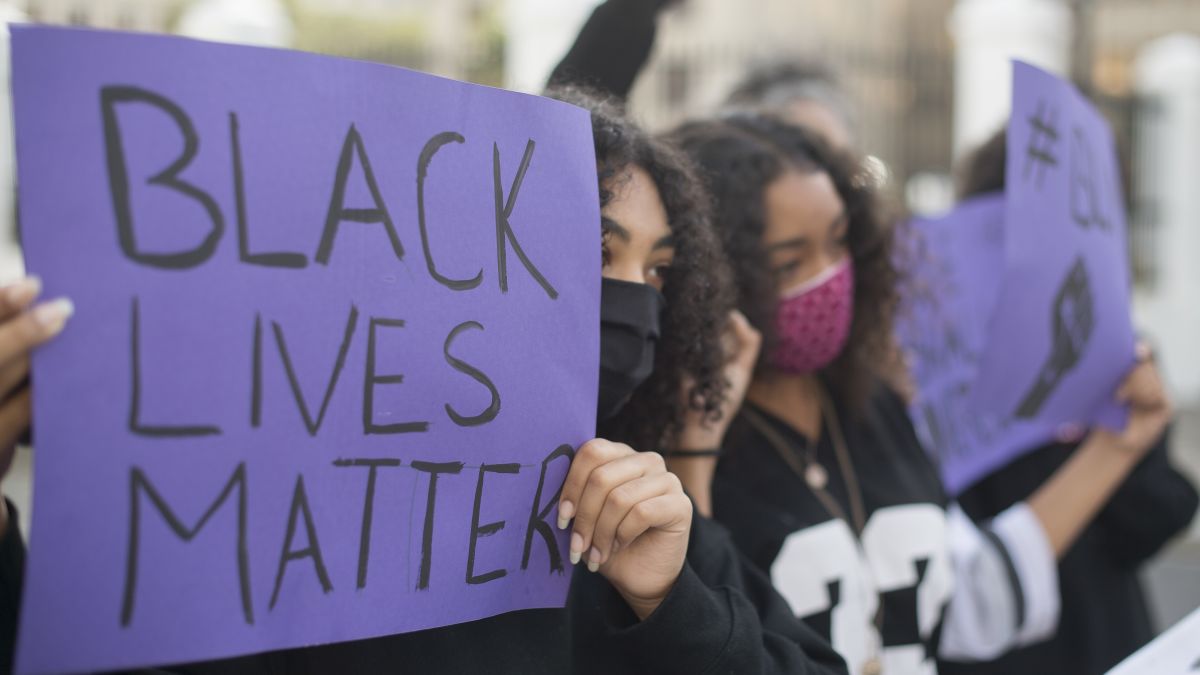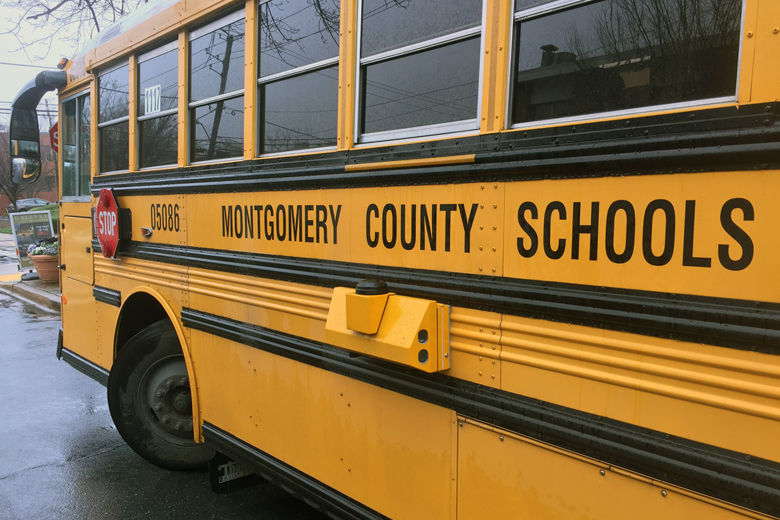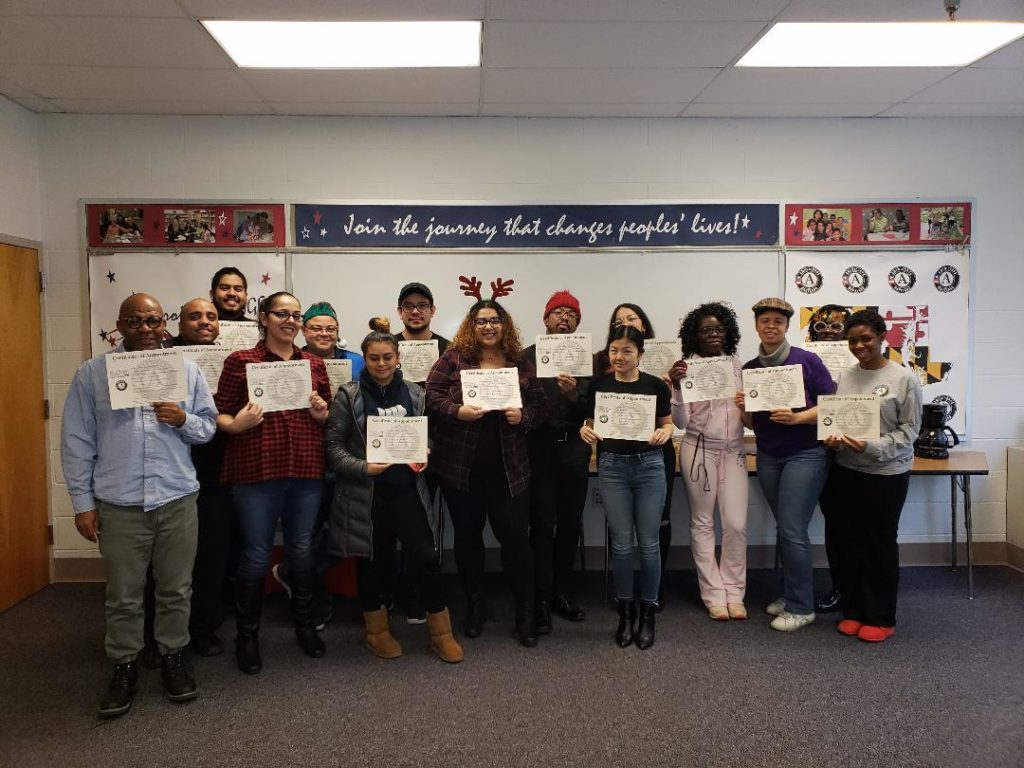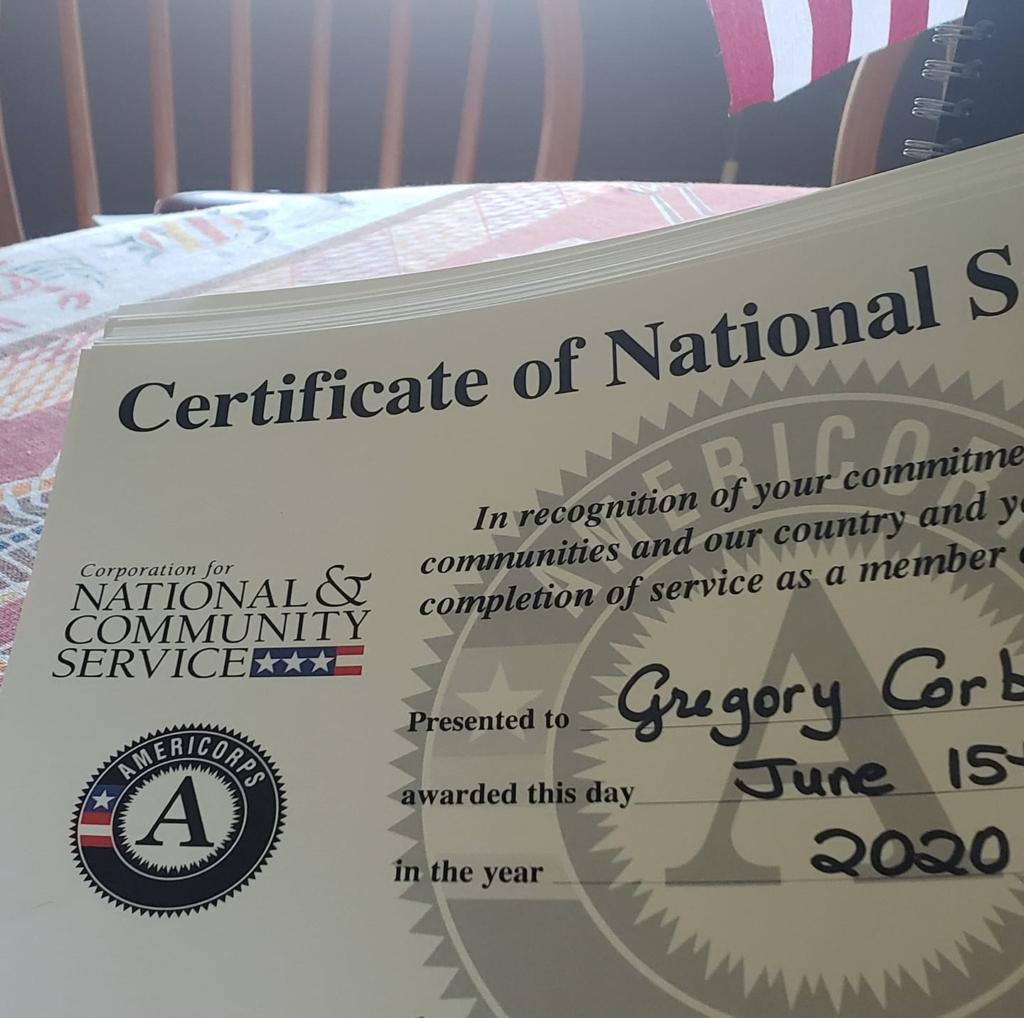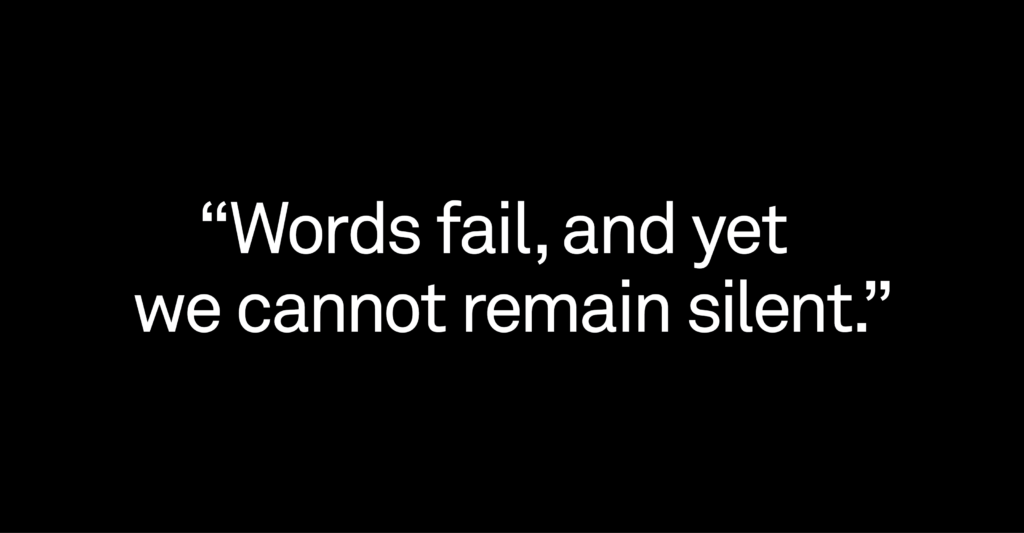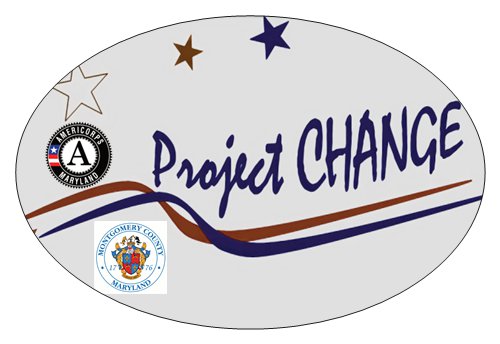By Lauren Lumpkin June 19, 2020 at 7:00 a.m. EDTAdd to list
A’niya Taylor, a 16-year-old student at Baltimore City College, smoothed her green hair and held onto a microphone.
“This is not a moment, but a movement!” she shouted.
Taylor has organized protests before, for students bucking against climate change and, more recently, for young people resisting police brutality. On a recent afternoon she corralled a group of about a thousand teenagers in front of Baltimore School for the Arts, a public high school nestled in the city’s Mount Vernon neighborhood. The teens were bubbling; many hadn’t seen each other in person since March, when the novel coronavirus forced school buildings to close.
But the story behind the reunion was more somber. Motivated by the death of George Floyd, and eager to ride the national momentum generated by movements like Black Lives Matter, the teens assembled on a hot afternoon to demand that Maryland schools rewrite their curriculum to be more honest about systemic racism and slavery.
In Baltimore — a city still mourning Freddie Gray, 25, who died five years ago of a spinal-cord injury he suffered in police custody — roughly 3 out of 4 public school students are black. But those students say they feel neglected — by unconsciously biased teachers, by a Eurocentric curriculum, by racist policies. Statewide, black children make up about one-third of the student body.
Nyah Jackson, 17, one of the protest’s lead organizers, just finished her senior year at the arts high school. State and city school officials “have not done enough to be completely anti-racist,” she said.
She and several arts school classmates demanded reforms across Maryland’s 24 school districts. They want more equitable access to resources, improved mental health support for black children, and heartier lessons onblack history and literature. After watching fiery riots explode in other cities and police clash violently with protesters in their own, they say teenagers just want to learn — mostly about how America reached the point of chaos. Read More
“We shouldn’t have to learn this on Twitter,” Jackson said. “It’s sad to me that a lot of people see so much going on but don’t understand the historical systemic oppression of black people and how it exudes in our daily lives.”
Taylor led the Baltimore mass past honking cars and in front of restaurants, including one that set pitchers of water outside for protesters. She faced the crowd, walking backward, her shiny silver backpack bouncing to the rhythm as she marched and chanted: “Power! Transformation! Miracles! I neeeeed it!”
The signs that sprouted from the sea of protesters made direct requests to educational leaders: “Teach Anti-Racism,” “Our Curriculum Needs to Represent Our Students,” “#TeachTheTruth.”
Some educators are clearly listening. Matthew Caffrey, a white high school math teacher, arrived at the protest with a box of about 20 books written by black authors, including “The New Jim Crow: Mass Incarceration in the Age of Colorblindness” by Michelle Alexander and three Toni Morrison novels.AD
“They were just sitting on my shelf. I wanted to contribute,” Caffrey said. “All these books, they’re not going to learn about in public schools.”
Some of Caffrey’s titles are named in the student organizers’ list of demands, which push schools to require more books by black authors. In a time when misinformation spreads rampant, students just want accurate information, they said.
“We don’t know the truth,” said Kayah Calhoun, a rising senior at Baltimore School for the Arts. Black people “don’t get the respect or recognition we deserve” in history lessons.
Makayla Downs, 11, marched with her sister, Kimora, 12, and mom, Tina. She wants to learn about “not just the Greek gods, but the African gods,” she said as the group arrived at its destination: the headquarters of Baltimore City Public Schools.
Students want to learn about successful black uprisings and the history of white supremacy, organizers said. They want a history unit dedicated to the role black women played in the civil rights movement.AD
Rickelle Polley, 17, said the school district’s curriculum is “built on white supremacy.” Maybe more education would prevent another George Floyd case, the rising high school senior said, perched on a concrete ledge outside the district’s office.
On one hand, the changes students are calling for can be slow-moving. History textbooks can take up to a year, or longer, to rewrite and republish.
But students say they’re encouraged by districts that are swiftly removing police from campuses and scraping the names of Confederate leaders off buildings. Curriculum changes may come fast, too.
In California, the Santa Ana Unified School District Board of Education voted unanimously to mandate that students take an ethnic studies course before they graduate. Facing History and Ourselves, an educational nonprofit and professional development organization for middle and high school teachers, reported that an online guide for educators who want to talk to their students about Floyd’s death caused a surge in Web traffic.AD
“We’ve heard from many educators expressing appreciation for resources they can use in the classroom to help their students process this painful and rapidly evolving story,” said Valerie Linson, a spokeswoman for the nonprofit.
Sonja Santelises, CEO of Baltimore City Public Schools, attended the student-led protest and acknowledged “racial patterns” in the school system. She stood a few feet away from the crowd that filled the plaza in front of her office, near a vendor selling waist jewelry, with other district officials who “wanted to see what the young people had to say.”
Santelises said the district has tried to attack the problems outlined by demonstrators, developing strategies to recruit and retain more black teachers and hosting equity training sessions for educators. It also launched BMore Me, a series of three-week courses about African American history in Baltimore that have been piloted in a handful of schools.AD
But Santelises admitted there is more work to do. She and other educational leaders need to figure out “what we do next, what do we accelerate that we already have been doing,” she said.
At the state level, leaders said they have tried in recent years to revise school curriculum to include the perspectives of underrepresented groups, said Lora Rakowski, a Maryland Department of Education spokeswoman. The state agency recently established equity as a priority in education, and it is looking for ways to incorporate student voices in curriculum development, Rakowski added
But students have yet to feel the effects. Quinn Fireside, 18, a white organizer, graduated recently from Baltimore School for the Arts, where students must audition to get in. A majority-white staff that decides which students to admit has “made the school whiter than it should be,” Fireside said. As a result, she said, “Everything is told through a white perspective.”AD
And when her high school closed to slow the spread of the coronavirus, students had access to carts of laptops and tablets, Fireside said. But in one of the city’s lowest-income neighborhoods, administrators at the predominantly black New Song Academy struggled to find tech for every child, the Baltimore Sun reported.
Now, young people are blocking off traffic, hoisting signs and demanding that educational leaders upend a system in which they say resources are unevenly distributed, black students are disciplined at disproportionate rates and microaggressions are enmeshed in daily classroom life,exacerbating the effects of racist curriculum.
Some teachers have “really low expectations for students of color,” said Melanie Smith, an eighth-grade teacher. She said she’s encountered educators who assume black students can’t handle challenging coursework or that black parents aren’t involved in their children’s lives. Research supports her experience and shows that the differences between how teachers treat black and white students contribute to long-standing achievement gaps.AD
Outside the city’s school district office, the protesters, some of them weeping, knelt in silence for eight minutes and 46 seconds — the amount of time Minneapolis police officer Derek Chauvin spent pressing his knee to Floyd’s neck. Smith held a sign that called on the school district to adopt an anti-racist stance. “To not be racist,” she said, “is not enough.”

